After many years of wrangling and procedures, the first water flowed into the Hedwige and Prosperpolder on October 25, 2022. To this end, a new sea-retaining dike has been constructed and the surrounding dikes have been lowered. The water now flows in via a creek, determined by tide and weather.
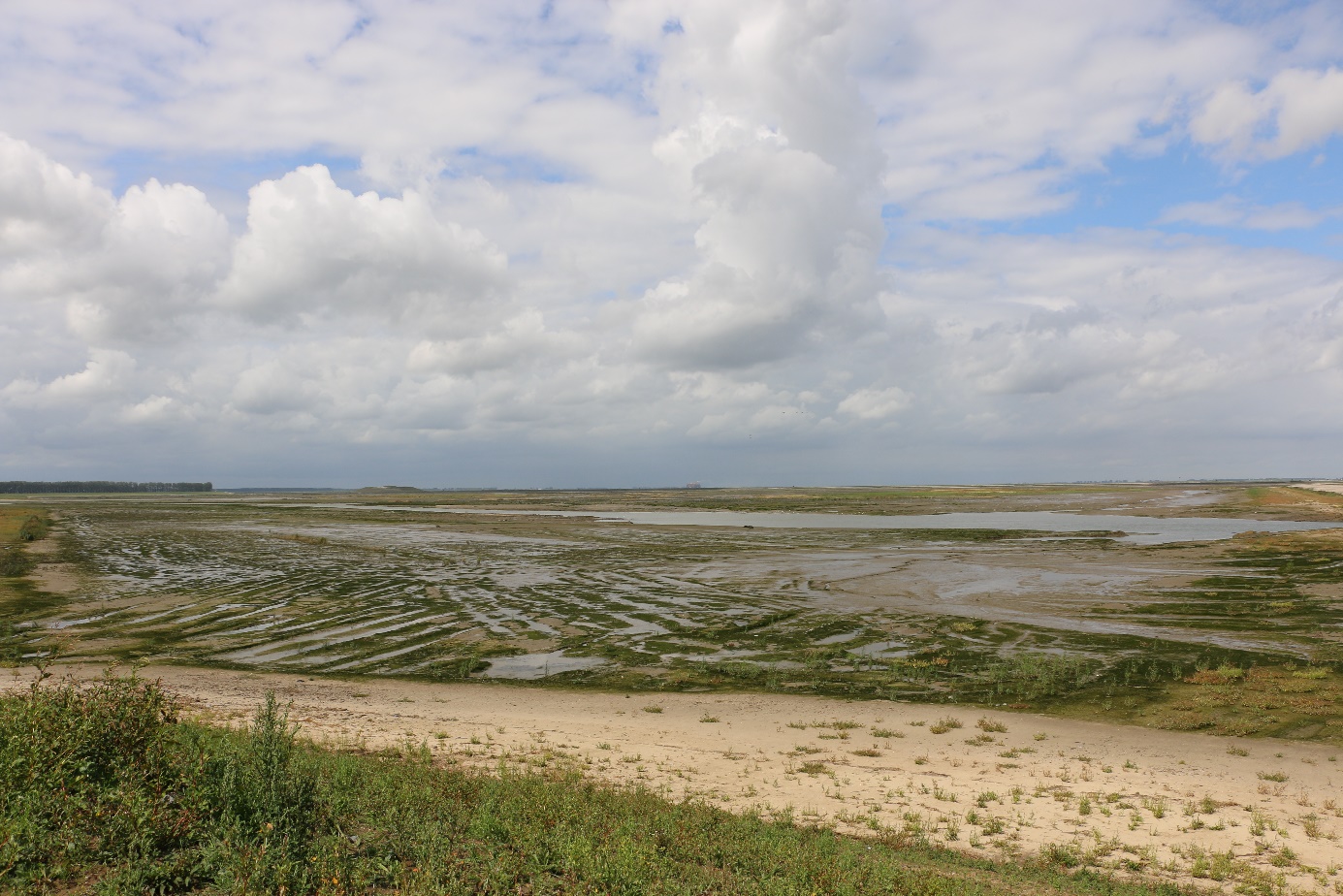
The new trench - Photo: Kees Vliet Vlieland
Some history first
In 1847 the Prosperpolder was diked.
In 1904 the Hedwigepolder was restored after it had previously been flooded, so they were relatively young polders. In 2000, the Dutch part of the nature reserve became of international importance.
In 2005 it was decided to deepen the Western Scheldt, so that the port of Antwerp also became accessible to larger ships. As a result, salt marshes and mudflats are in danger of disappearing. In that year, an agreement is concluded between the Netherlands and Belgium to commit to nature restoration. This must be done, among other things, by expanding the Zwin and depoldering the Hedwige and Prosperpolder.
Work in the Prosperpolder will start in 2009, but in the Netherlands there remains resistance to depoldering and the search is on for alternatives outside the dykes. There aren’t any. In 2012, the works on the Flemish side were as good as completed.
In 2019, fourteen years after the decision to restore nature, work finally started in the Dutch part. The permits will be finalized in 2021. A panoramic hill is being constructed on the Dutch side using the soil from the excavated dikes. There should be a radar and observation tower there, as well as a restaurant, a panoramic terrace and sleeping houses. Is that such a great idea?
The contractor who had been tasked with flooding the polder had already started the preparations. But then it became known that the water of the Western Scheldt is contaminated with PFAS: chemical substances pfas (per- and polyfluoroalkyl substances) that are made by man and can be harmful to health and the environment. This threatened to cause further delays. The depoldering of the in itself boring Hedwige and Prosperpolder was therefore necessary to compensate for the deepening of the Western Scheldt, which caused the loss of mudflats and salt marshes and to keep Antwerp’s feet dry at high tide.
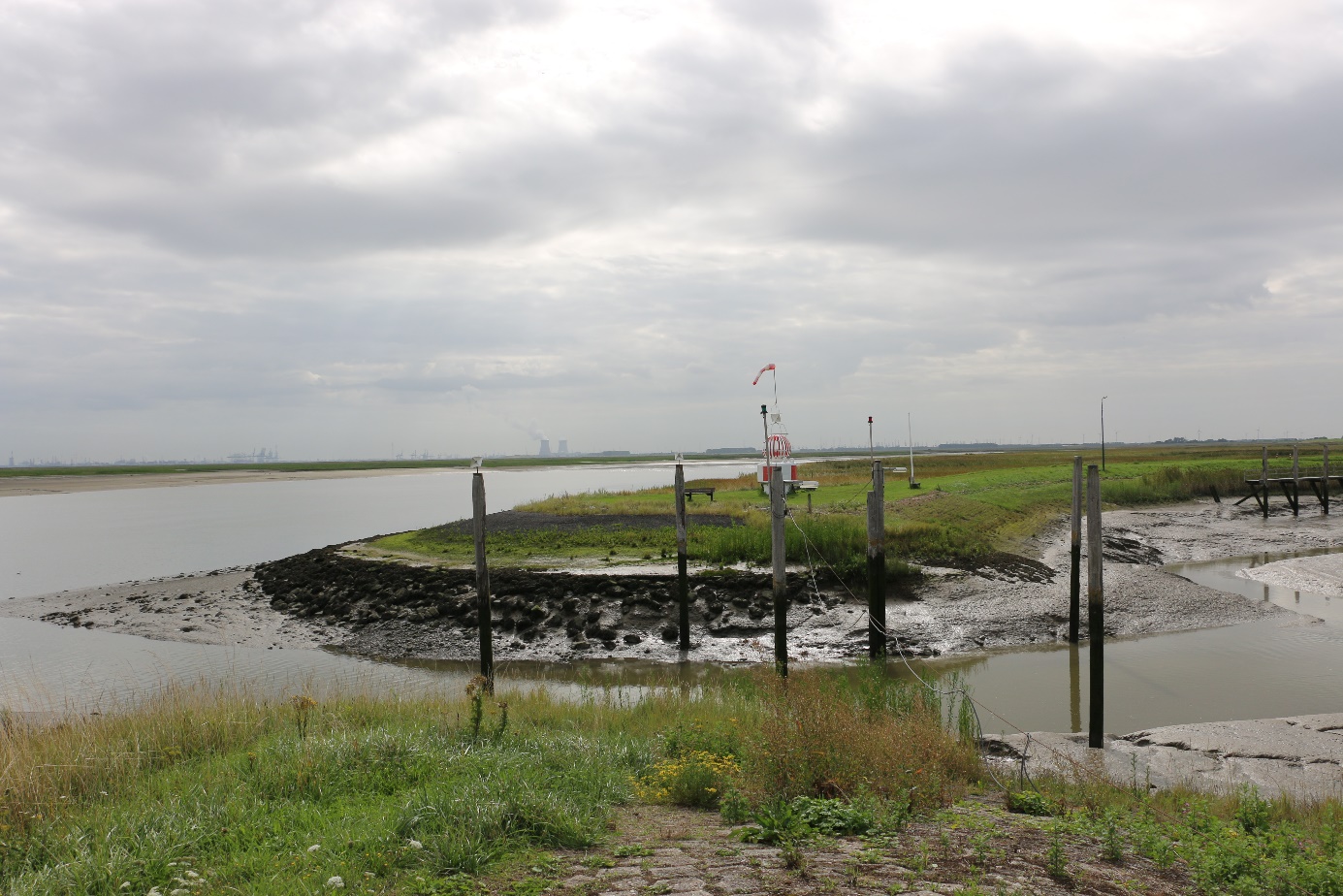
Photo from the little tide harbor of Paal with the Doel nuclear power plant in the background - Photo: Kees Vliet Vlieland
A country of contrasts…
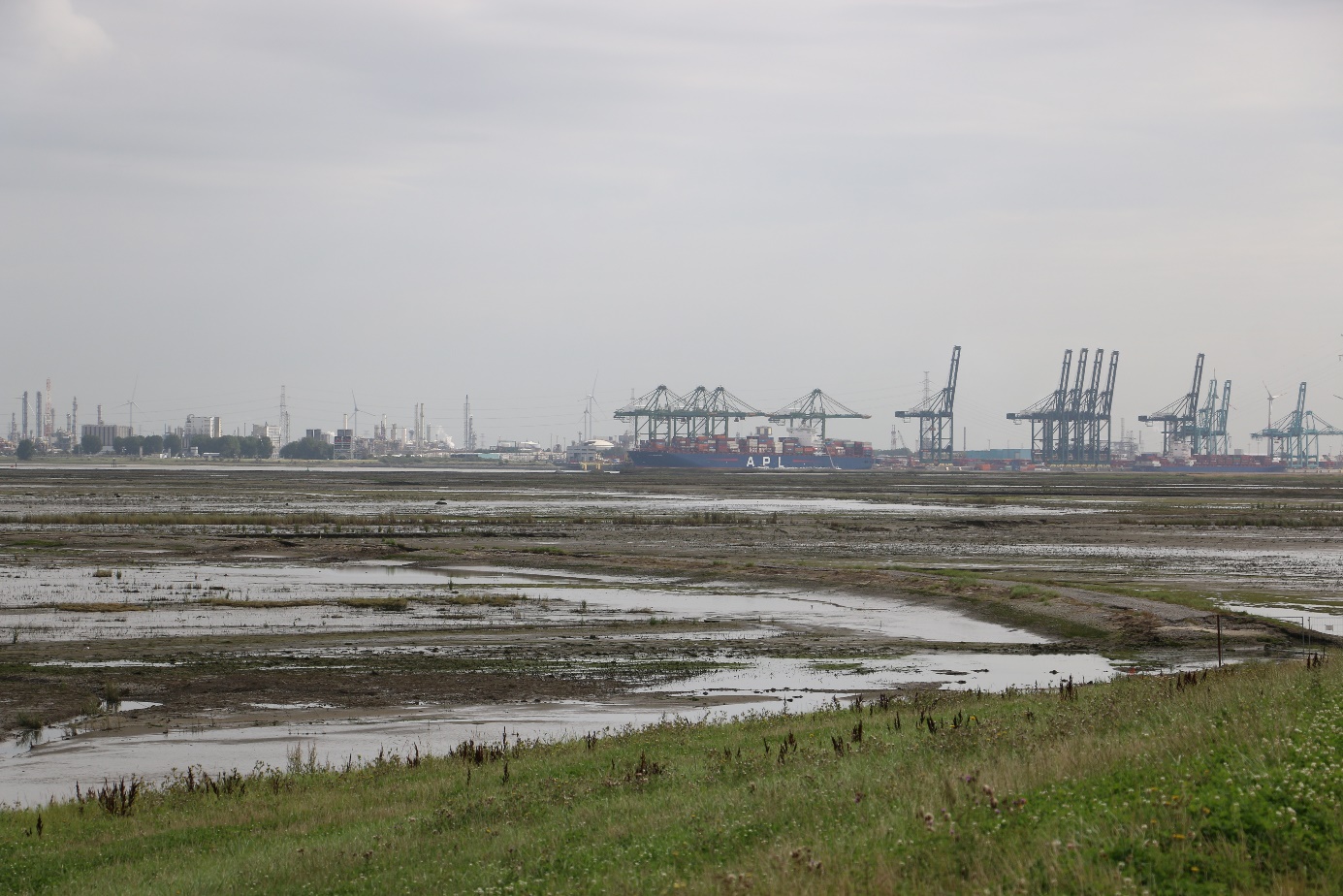
The former Prosper and Hedwigepolder with the port of Antwerp in the background - Photo: Kees Vliet Vlieland
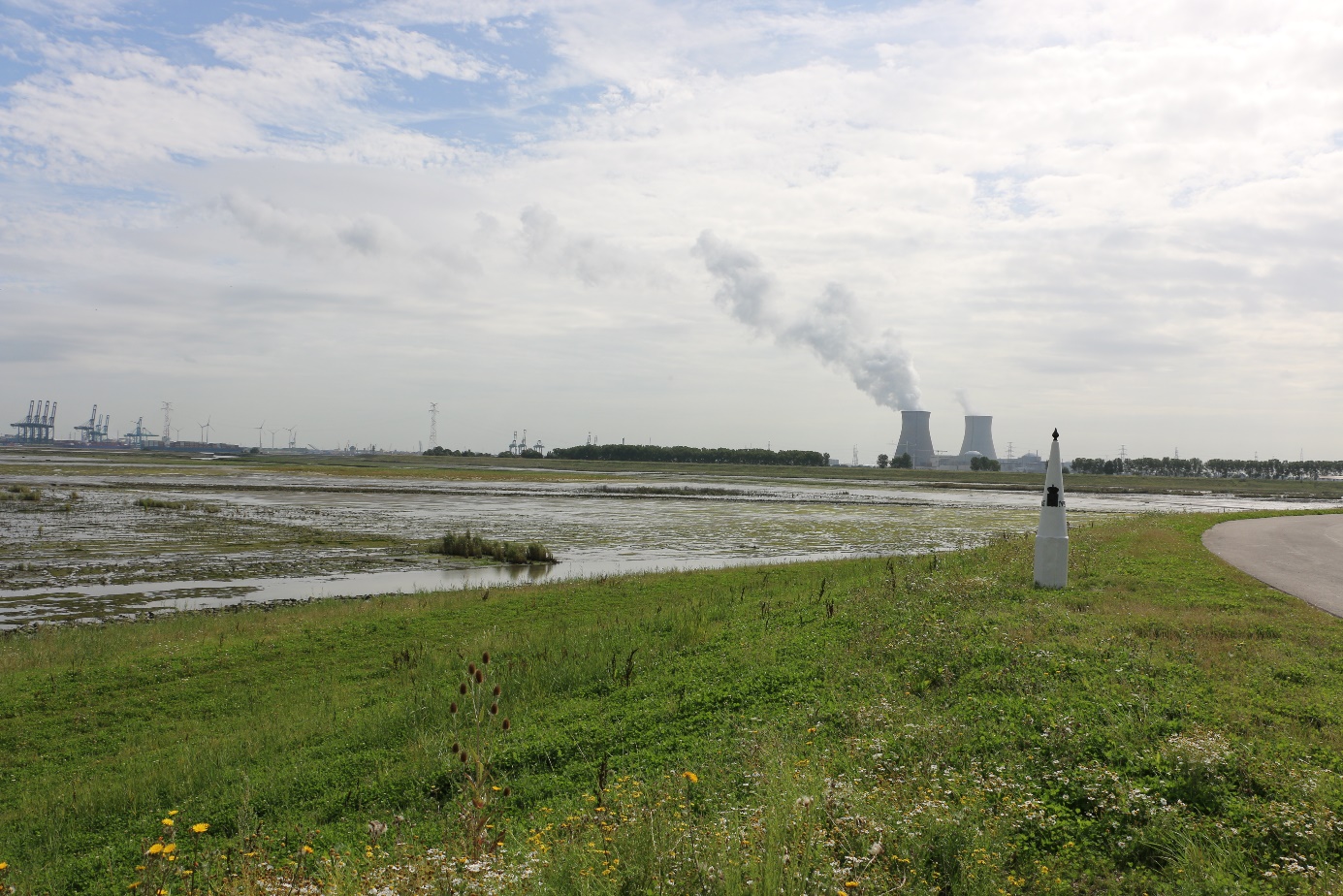
Former Prosperpolder with the Doel nuclear power stations - Photo: Kees Vliet Vlieland
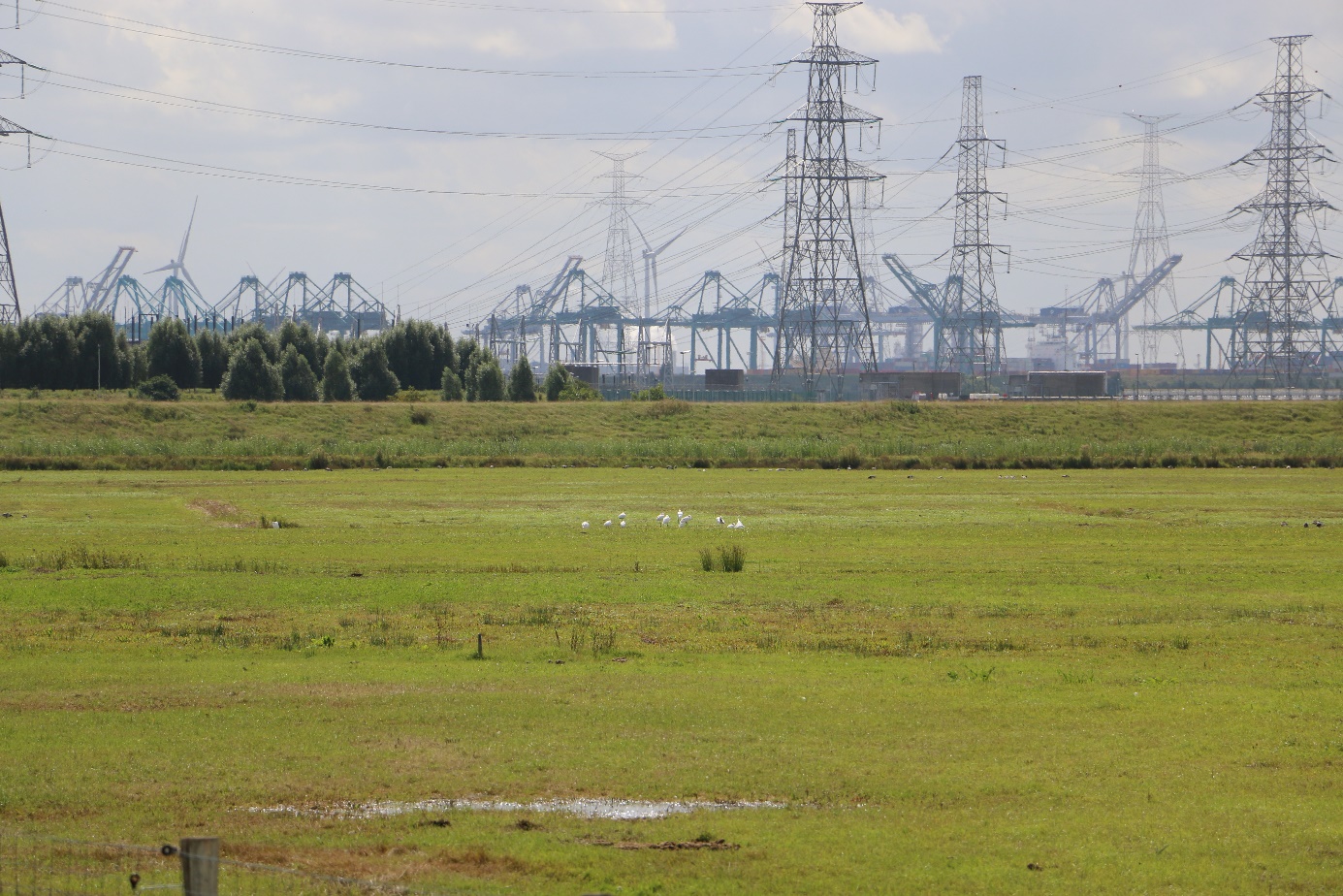
Spoonbills in Doelpolder Noord - Photo: Kees Vliet Vlieland
It is already a huge success, of course ‘our’ spoonbills have already discovered it. The area is large, from Drydijk and the Putten near Kieldrecht in Belgium to the radar tower on the edge of the salt marsh of the old Drowned Land of Saeftinghe in the Netherlands, which due to siltation is now many meters higher than the polders inside the dike.
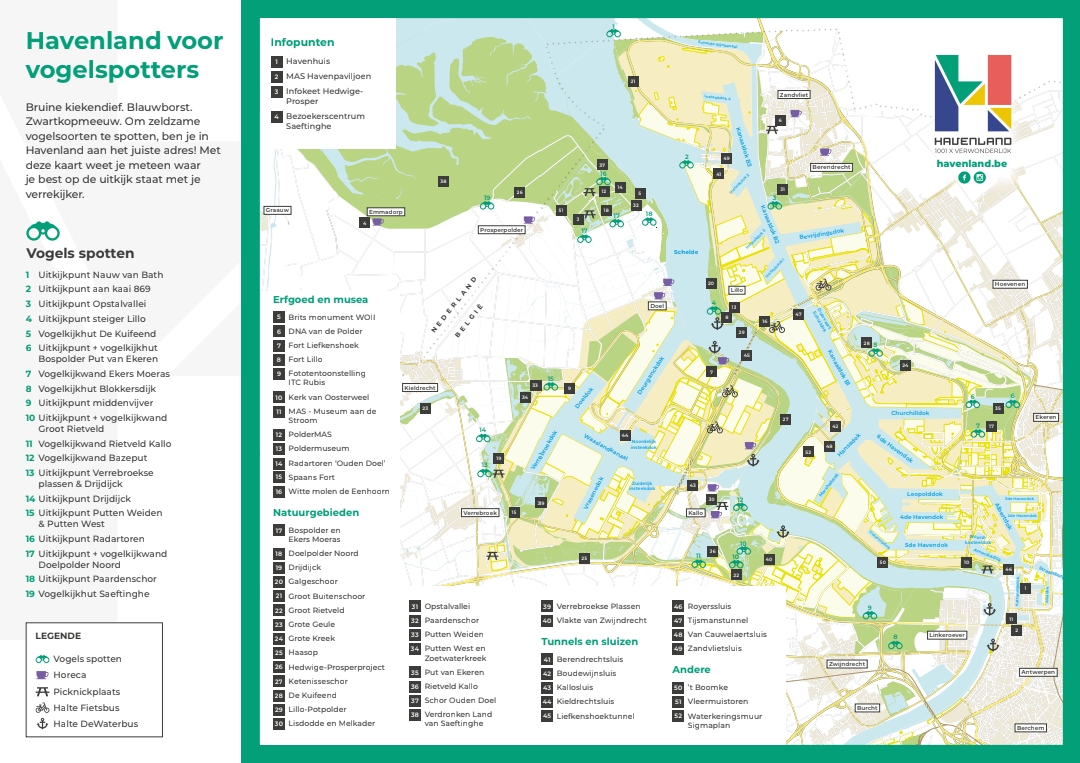
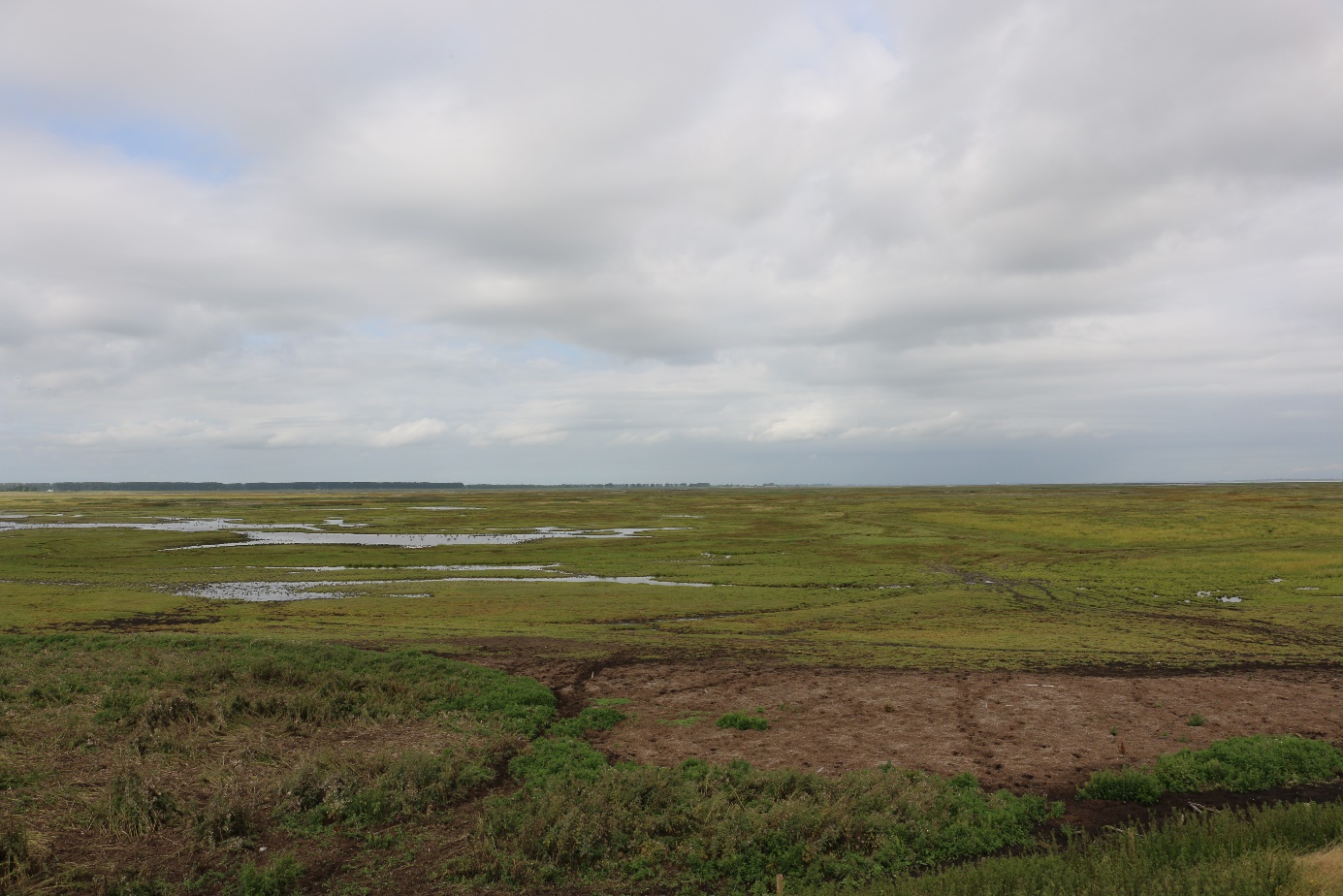
Photo from the Gasdam near Emmadorp - Photo: Kees Vliet Vlieland
The Flemish science journalist, writer and frequent reader of spoonbill rings Dirk Draulans counted 354 Spoonbills on July 18 in the new part of what used to be Prosper- and Hedwigepolder. On July 24, 390 and on July 30, even the unprecedented number of 430 spoonbills! Now that the autumn migration is starting (we are writing August 2023), those numbers may increase! The fact that there are so many spoonbills there now is not very surprising. There is a strong relationship between the colony in the Markiezaat near Bergen op Zoom and the colony in the Verrebroekseplassen near Doel, Antwerp. Spoonbills from those colonies have been staying in the Drowned Land of Saeftinghe for years, especially in late summer and winter. But the new area was discovered very quickly!
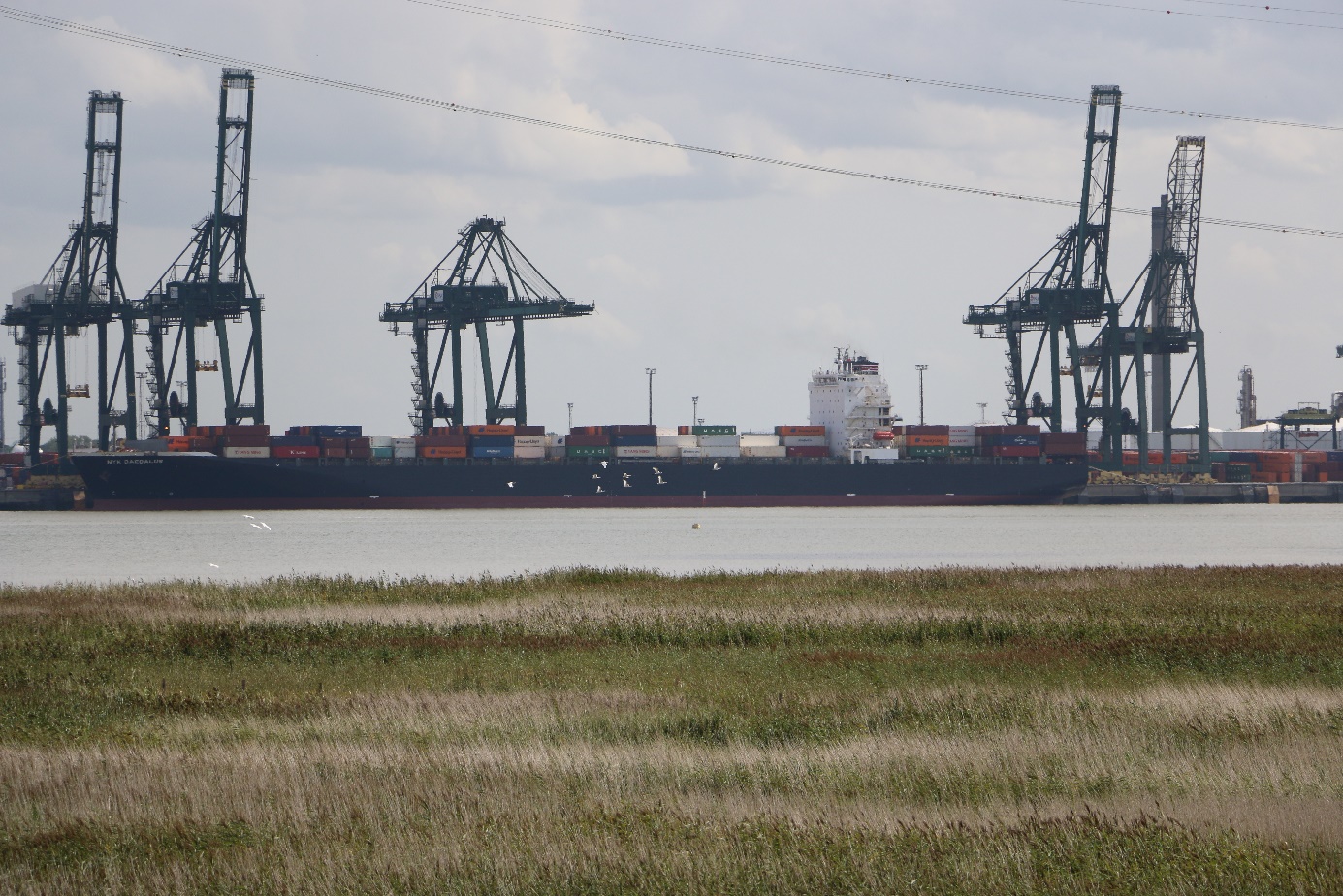

Spoonbills fly along the Paardenschor near Doel with the port of Antwerp in the background - Photo: Kees Vliet Vlieland
The Grenslandpark is currently also home to a huge number of little egrets, great egrets, blue herons, avocets, shelducks and many more, which shows how important this new area is. It’s exciting to see what will become established as a breeding bird. Maybe a fish or sea eagle? There is already an artificial nest ready for them. Or spoonbills? Although I think that the breeding islands will be accessible to foxes and there are many in the Drowned Land of Saeftinghe…
In any case, this area will continue to develop nicely in the coming years.

